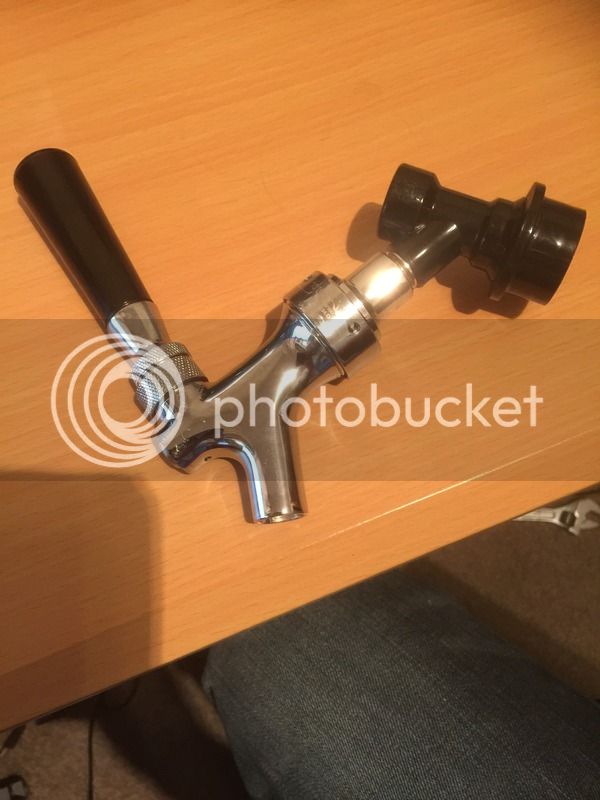Tim1975
Active Member
So after having bottled 3 lots of brew so far and it becoming tedious I invested in 2 Corny's and last night (after a duff regulator was replaced) I got to Keg up 2 batches, one Lager and one heavily hopped IPA. It is soooooo much easier, the only thing I am struggling with it PSI so some help would be great.
I saw a couple of Youtube vids that suggested cranking it up to 35 psi and rocking the kegs for 10 minutes which I have done, I have disconnected the gas and thrown them in the fridge. When I come to serve tonight should I crank back up to 30 psi and rock again and then let some pressure out to say 10psi for serving? What would you suggest?
I saw a couple of Youtube vids that suggested cranking it up to 35 psi and rocking the kegs for 10 minutes which I have done, I have disconnected the gas and thrown them in the fridge. When I come to serve tonight should I crank back up to 30 psi and rock again and then let some pressure out to say 10psi for serving? What would you suggest?




![BREWING THERMOMETER STICKERS ACCURATELY MONITOR FERMENTING BEER & WINE LIQUID TEMPERATURES 5PCS HOME BREW SPIRITS WINE LCD ADHESIVE [US]](https://m.media-amazon.com/images/I/311DDjo2X3L._SL500_.jpg)





































